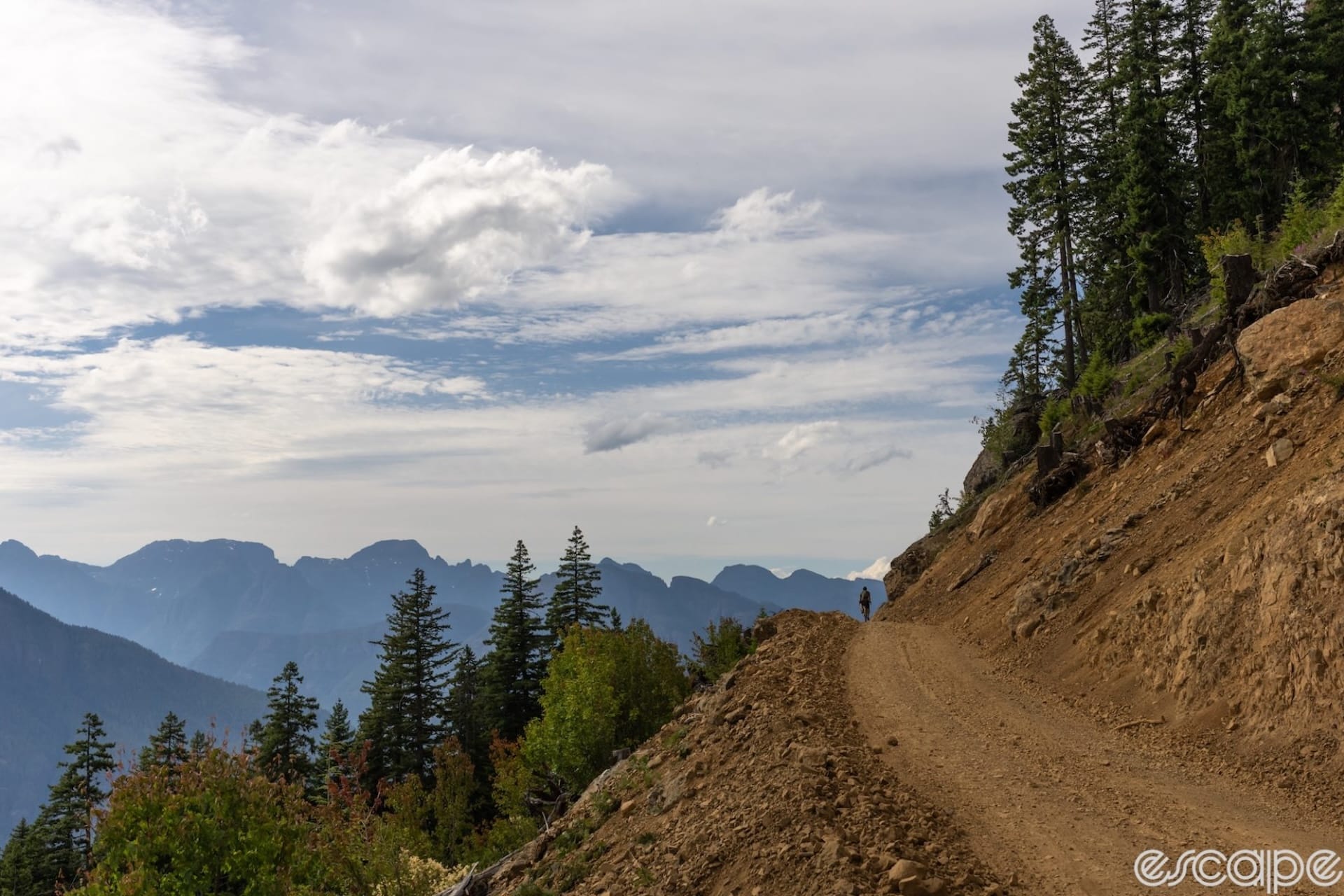Rolling into its 22nd edition, the Women’s Tour of Flanders started in Oudenaarde before heading out on a 169 km course, returning to the start town for the long finishing straight we know and love.
The women’s race was gritty this year. There were fewer attacking moves heading off the front and rather a continuous shelling of riders that gradually reduced the peloton. It was only on the final passage of the Oude Kwaremont that a select quartet separated themselves from what remained of the peloton and made a charge for Oudenaarde.
If you are wondering just how hard the race was, ninth-place finisher Puck Pieterse, Lucinda Brand and Lizzie Holden shared their power data, allowing us to unpack exactly what went on.
A short fight for the breakaway
The course, although 100 kilometres shorter than the men's, packed a punch. Most of the 100 kilometres that do not feature in the women’s race come from the flat roll down from Brugge to the bergs of Flanders. Unlike the men, who have around 125 km of flat, largely cobble-free roads to establish a breakaway and pull out an advantage, the flat section for the women was around 65 km. This meant that the fight to get there had to be short and sharp, considering there was only around one hour and 40 minutes before arriving at the first climb of the day. It also meant that even though 100 kilometres shorter, the race still packed in most of the climbing: around 1,500 metres of elevation gain compared to roughly 2,000 for the men.
The battle for the break lasted around four kilometres before an eight-woman group put daylight between them and the rest of the field. With the break going so early, the peloton looked happy with letting the escapees jump ahead.
Inside the peloton, Pieterse and Brand kept themselves out of the wind, saving their energy for when the race would ignite, around 100 kilometres later.

For both riders, this sits well below their threshold power, and with no major battle to jump into the break, the racing would remain steady and under control until it arrived at the first climb, the Edelareberg, marking the start of the second phase of the race.
Over these opening 63.5 kilometres, both Pieterse and Brand sheltered themselves, doing good work to keep their noses out of the wind. With the break controlled, spending any energy that could be avoided at this point in proceedings would come back to haunt you when the punches start flying on the Koppenberg and Oude Kwaremont.

From here, the protection of the peloton would end, and it would be a fight for position coming into each climb that followed. After an easy start to the race for the peloton, entering phase two of the race would see things spice up.
Did we do a good job with this story?



